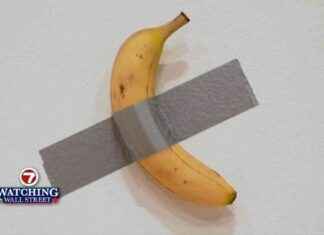* The author is part of the community of readers of La Vanguardia
The swamps of the internal basins of Catalonia are at historic lows. Currently, they are at 15.62% of their capacity. In this context of drought, the landscape of the reservoirs has been transformed. Some have become authentic deserts of cracked, cracked earth. But do you know how this very symbolic image of the lack of rain came to be formed?
In the Pedralbes monastery in Barcelona I have seen some umbrella-shaped light sources, which have inspired me to interpret pieces of cracked and parched earth, now very present in Catalonia due to this extreme drought.
In this way, with these images that we see in The Photos of the Readers of La Vanguardia, it is shown that everyday life can be expressed with other versions of an ordinary reality and give a touch of beauty to a harsh situation of prolonged drought.
But, as we posed at the beginning, the question that these photographs prompt us to answer is the following: Why does the soil of the swamps that has remained dry end up cracking?
In periods of drought, this type of mosaic of arid land forms where there used to be water. It happens especially in very clayey soils, which have been submerged for a long time.
When the previously wet land dries out, this drying process, which in some Catalan swamps lasts weeks and months, causes the land to compress.
As the water molecules evaporate, the solid element contracts and these cracks open throughout the space of the swamp that was previously submerged under the water.








